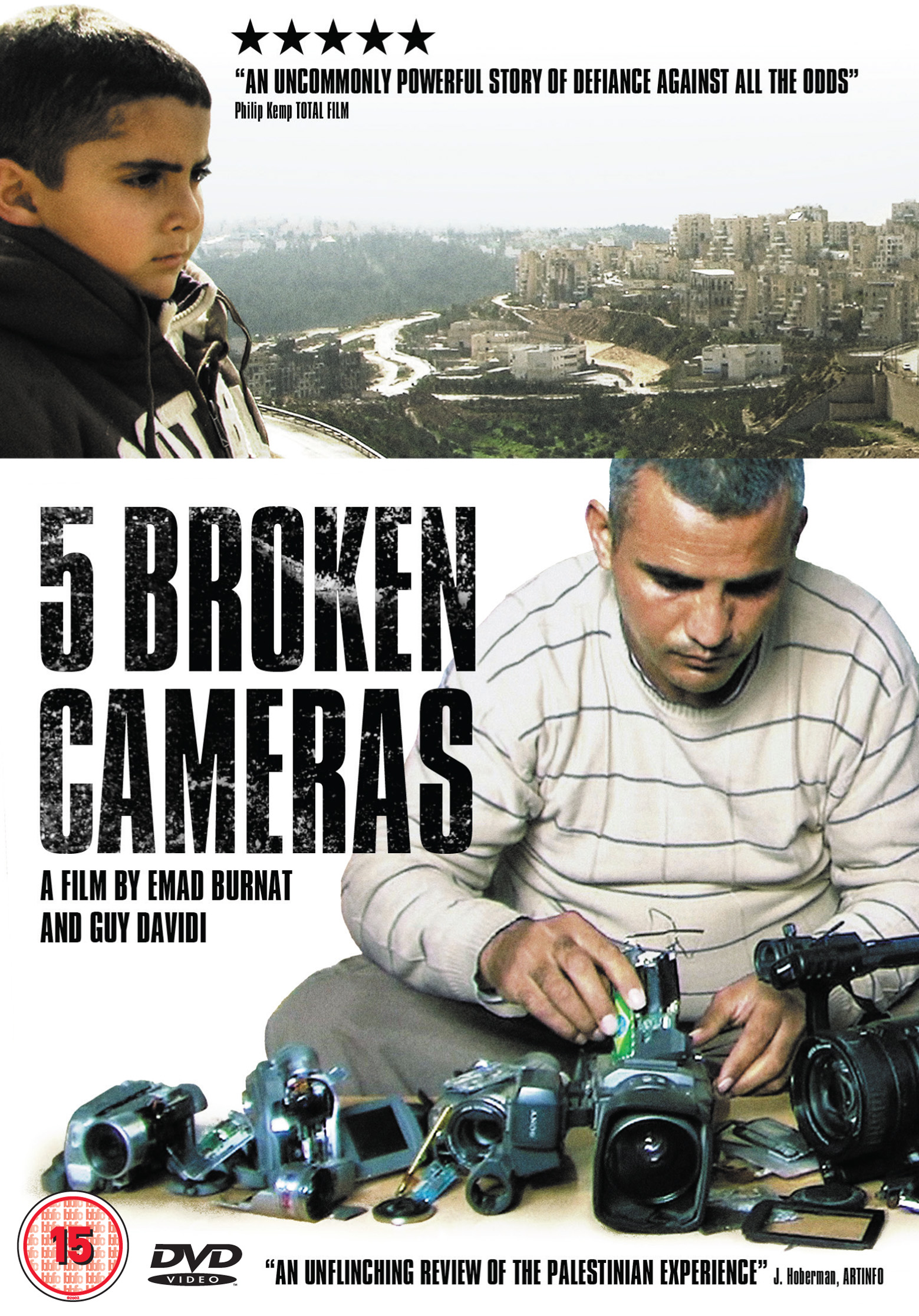
For three and a half weeks, Kaleidoscope Gallery will be the home of a range of activities from diverse cultural producers.
Kicking off on opening night, the Homeland exhibition will be a mixed media collection of work that responds to the concept of homeland from a global perspective.
Cultural identity, assimilation and refugee politics will be put on the table, giving you an opportunity to meet with the artists and participate in dialogue that is so important to Australia right now.
Curated by Cassandra Toscano, artists include:
Bernardette Camenzuli
Jan Cleveringa
Ida Jaros
Mo Bot
Saffaa
Alison Ten Bohmer
There’s more to come on Sunday, 8th of September with a screening of oscar nominated Israeli-Palestinian documentary, Five Broken Cameras, followed by a lunch prepared by our wonderful artists. Guest speaker is yet to be announced!
Limited tickets to Sunday’s events are available, so please contact cassandra@kaleidoscope-gallery.com for details.
All funds go toward Kaleidoscope Gallery’s Converge Initiative – providing urban opportunities for multicultural artists from regional areas.
Home cooked meal
One thing that brings all people together, is the humble home-cooked meal.
As part of the Homeland Festival at Kaleidoscope Gallery, we have asked all participating artists to create a meal that is favoured by, or indicatve of their homeland. Something you would typically eat from a place they have thought of as 'home'.
We invite you to come along, to enjoy a beautiful banquet type meal and engaging conversation with these artists from various cultural backgrounds.
In addition to the lunch we will be holding a screening of the Oscar nominated documentary '5 Broken Cameras' by world renowned filmmaker Emad Burnat.
Entry to both the lunch and film screening by donation. All proceeds go toward Kaleidoscope Gallery's Converge Initiative - providing urban opportunities for multicultural artists from regional areas.
We may also conduct filmed interviews during the lunch, please advise if you do not wish to participate. Menu will be released Friday 6th September. (People with specific allergies please purchase with caution, we do not accept liability for reactions. NB: food will be prepared under the guidance of professional chefs)
KINDLY SUPPORTED BY CHIPPENDALE CREATIVE PRECINT, CASULA POWERHOUSE ARTS CENTRE AND LOCAL CHIPPENDALE BUSINESSES TO BE ANNOUNCED SHORTLY.
Join us at KaleidoscopeGallery HQ for a talk by Sydney-based Saudi artist, Saffaa.
As part of Homeland Festival, this talk is an exciting opportunity to find out about some of the issues at the heart of artwork being made by our exhibiting artists.
Saffaa is an MFA candidate at Sydney College of the Arts. Her art practice largely revolves around female empowerment and is aimed at dispelling myths about Saudi women and Saudi Arabia. In her talk, Saffaa discusses her ever evolving love-hate relationship with art and how her continued cultural activism has shaped and continues to shape her art practice. For more information on the artist please visit:www.saffaa.wordpress.com
Limited seats available so please RSVP only if attending. Entry by gold coin donation. All proceeds go toward Kaleidoscope Gallery’s Converge Initiative – providing urban opportunities for multicultural artists from regional areas.

The first-ever Palestinian film to be nominated for best Documentary Feature by A.M.P.A.S®, the critically-acclaimed 5 BROKEN CAMERAS is a deeply personal, first-hand account of life and non-violent resistance in Bil’in, a West Bank village surrounded by Israeli settlements.
Shot by Palestinian farmer Emad Burnat, who bought his first camera in 2005 to record the birth of his youngest son, Gibreel, the film was co-directed by Burnat and Guy Davidi, an Israeli filmmaker. Structured in chapters around the destruction of each one of Burnat’s cameras, the filmmakers’ collaboration follows one family’s evolution over five years of village upheaval.
As the years pass in front of the camera, we witness Gibreel grow from a newborn baby into a young boy who observes the world unfolding around him with the astute powers of perception that only children possess. Burnat watches from behind the lens as olive trees are bulldozed, protests intensify and lives are lost in this cinematic diary and unparalleled record of life in the West Bank.
5 BROKEN CAMERAS is a Palestinian-Israeli-French co-production.
In a collaboration between Kaleidoscope Gallery and the Casula Powerhouse Arts Centre, the film will be screened at the gallery as part of the Homeland Festival. For more information visit www.kaleidoscopegallery.com

